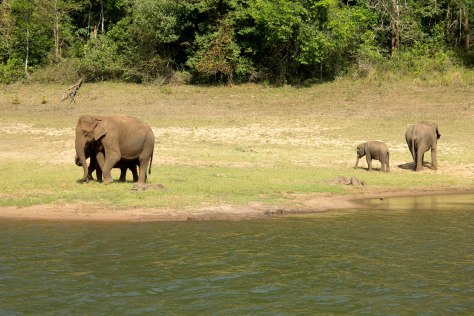
On our way toward Dingle, Ireland we stopped in Castlegregory for the opportunity to take a surfing lesson. Yes, surfing. In Ireland. It was a dreary, disgusting day, and I was not surprised that only three of us wanted to go–my brother, one half of a nice young couple who got stuck traveling with us, and me. Luckily, our traveling companions were more than happy to cheer us on from shore and take pictures. Even in the cold, Brandon Bay in County Kerry is a lovely place to spend a few hours. It was cold and rainy, and I have a feeling we were warmer than them in our wet suits and booties.
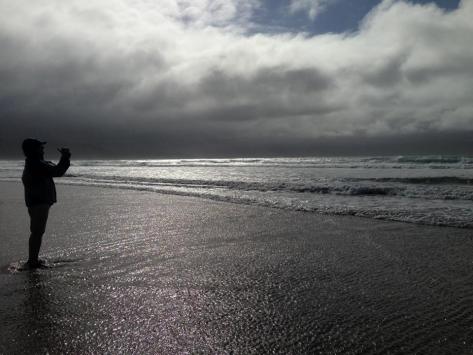
Our instructor, Jamie Knox of Jamie Knox Water Sports, was very understanding with my brother’s and my status as complete beginners. He went over safety rules and explained a few different technique we would use, and focused on getting us in the water early and often, to make the most of our lesson. Both my brother and I have terrible vision (I clock in at -8.00) and I can’t imagine that helps us in our aquatic adventures. Kevin was flying blind, and I wore some outdated contacts. There were several times when Jamie would be gesturing and we just looked at each other and shrugged because we had no clue what he was trying to say, but nobody got hurt so I guess it turned out fine.
We were given foam boards to practice on, because obviously we would be smacking ourselves in the heads quite a few times, so we may as well get hit with foam. We learned the basics of timing and actually catching a wave on our stomachs.
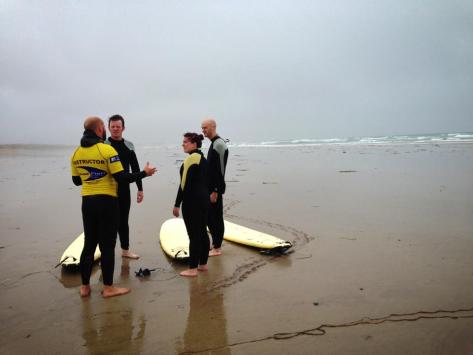
I had a ton of fun pulling myself up on the board and learning to steer and control my own speed. It was pretty easy and it felt amazing to glide along the water so quickly. We were called out of the water to learn how to stand on the board. My brother Kevin and I shared a look like hey, this is wicked fun, why ruin a good thing? Plus, that looks really hard.
And it was really hard. I am quite a bit smaller than the other two, and I spent most of my time getting tossed around and trying to get back on my feet and be in some sort of a position to actually catch a wave. By the last half hour or so, my arms were so tired that I could barely pull myself to the front of the board, nevermind paddle. Luckily, our instructor could see my struggle and would help launch me so I could keep trying to stand up on the board.
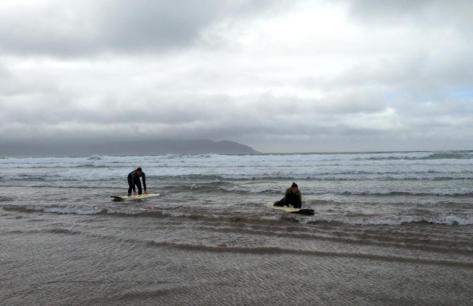
I did finally get up standing on the board, on my very last run of the day. Of course, our audience had gotten bored, and one of the downsides of being the only single person on a trip is that no one is particularly invested in photos or videos of you, so there is sadly no proof of my triumph. I can’t wait to try surfing again, although I think I need to seriously improve my arm strength if I plan to be out there for more than a couple of hours.
Interested?
2-hour beginner surf lessons are €35 per person for adults, € 25 for under 18s, and includes rental of board, wetsuit, booties and hood. If you find cheaper surf lessons in Co. Kerry, they’ll match the price. They also offer windsurfing and stand up paddle boarding as well as surf camps for youngsters and family packages.


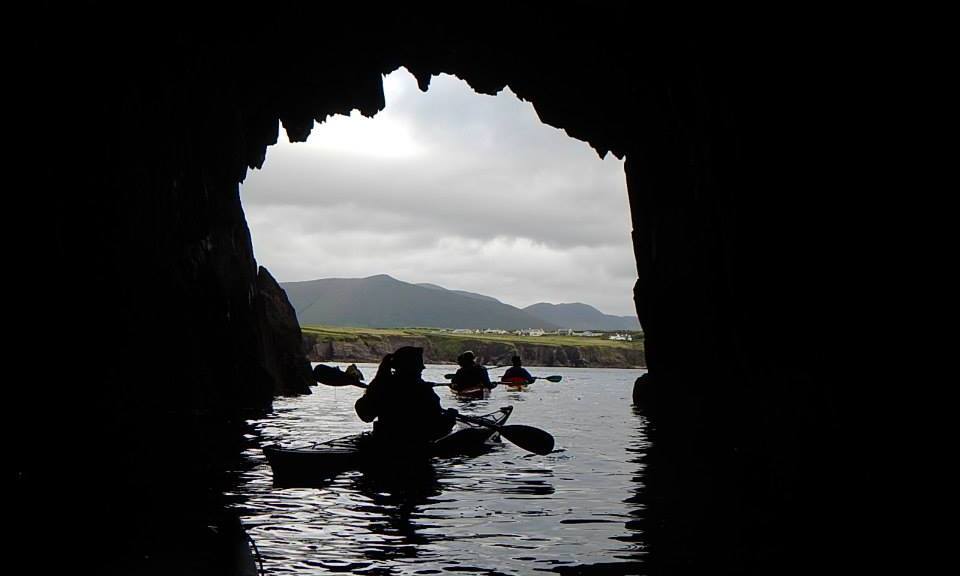


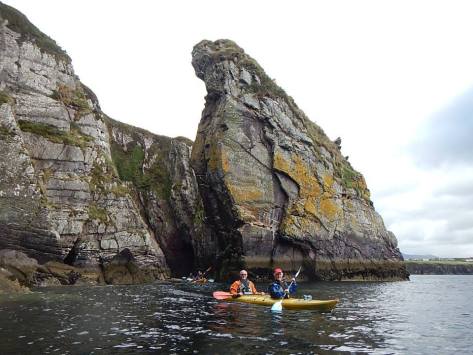


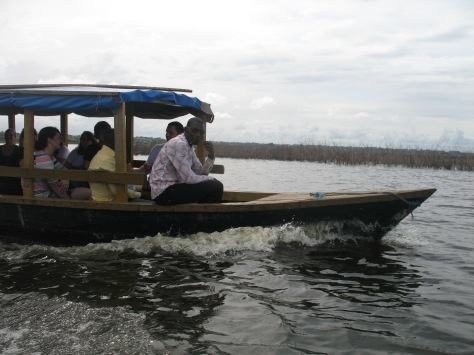

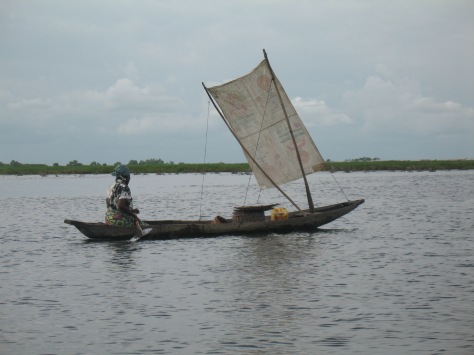


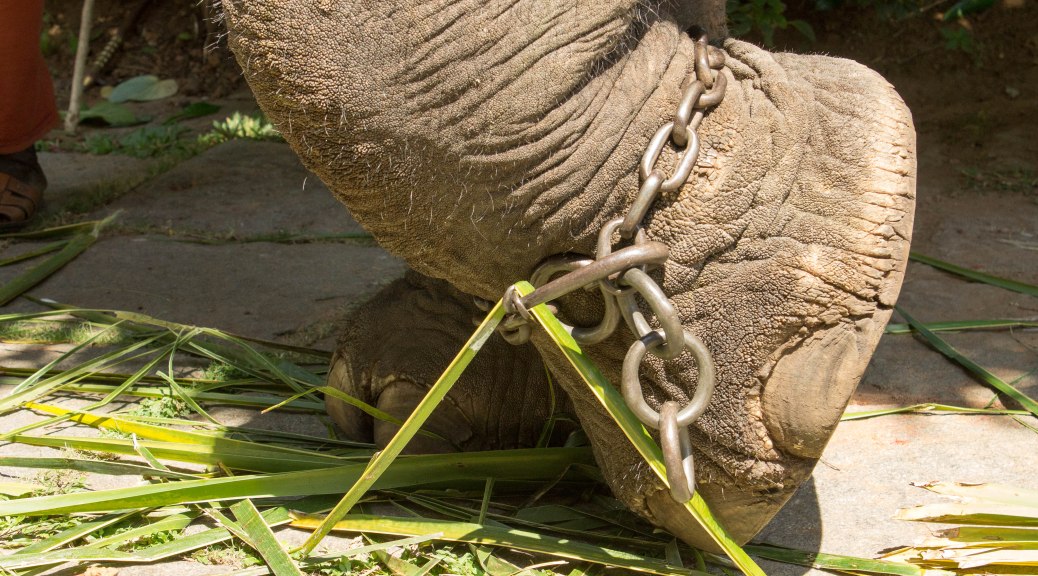


 On our seventh official day of the Kerala Blog Express, we got to take a boat ride in the
On our seventh official day of the Kerala Blog Express, we got to take a boat ride in the 

